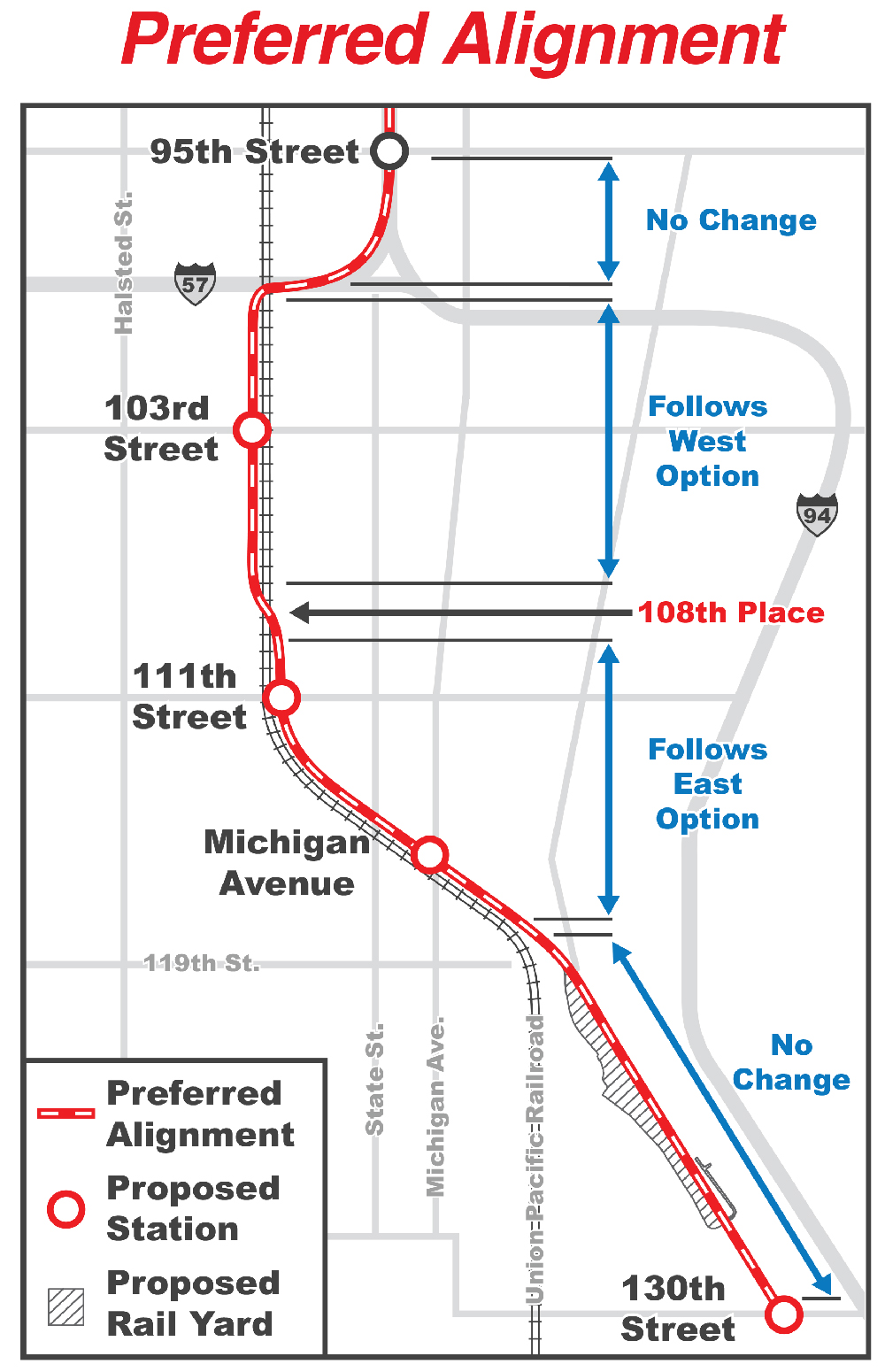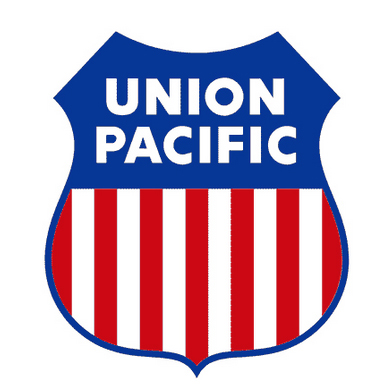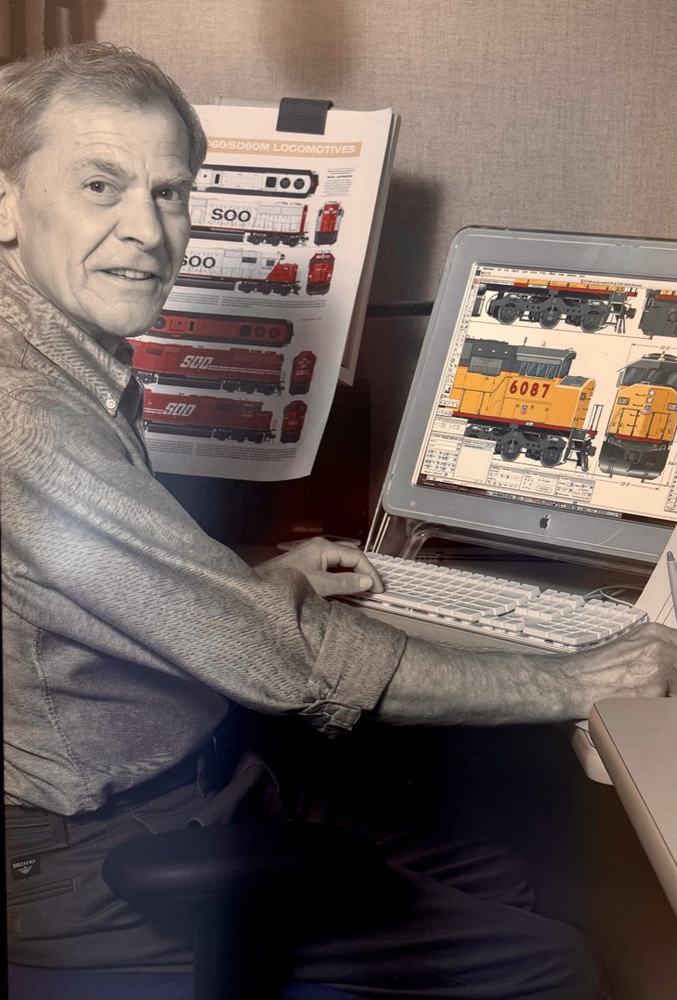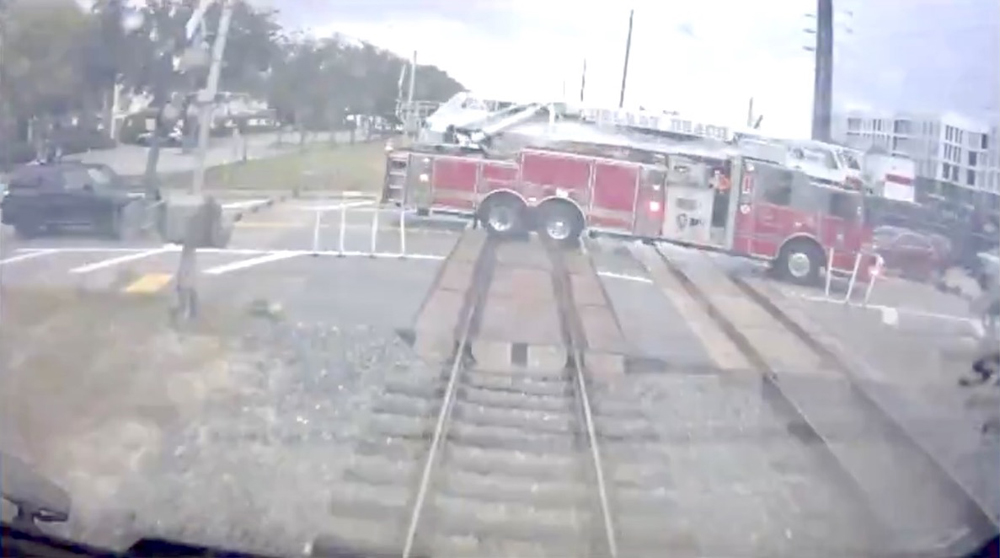The Minnesota Commercial will receive $101,139 to replace its former Minnesota Transfer Railway bridge over Rice Creek in New Brighton, Minn. Railroad President John Gohmann told Trains News Wire that waterflows under the bridge had dramatically increased in the past 20 years due to development of the entire northeast metro area. “The old bridge was inadvertently being used as a waterflow control point, a function is was not designed to do when it was built in the late 1960s,” Gohmann said. “Minnesota Commercial had spent over $300,000 in temporary emergency repairs to the structure to keep it safe until the new bridge can be built.” Construction is now scheduled for early summer of 2019. This was the last piece of financing needed to cover the cost, he said.
Two other projects will also receive funding. The city of Becker received a $1 million award for Northern Metal Recycling to add a 7,000-foot spur off BNSF Railway to a new processing facility. Epitome Energy LLC in Crookston was awarded a $450,000 grant for new rail infrastructure for a new soybean processing and biodiesel facility.
According to MNDOT, the Rail Service Improvement program began in 1976 and is designed to rehabilitate deteriorating rail lines, improve rail shipping opportunities and preserve and maintain abandoned rail corridors for future transportation uses.













